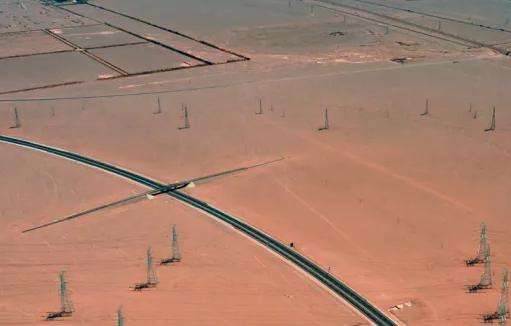Solar panel parameters
1
Materials
2
Power
3
Open circuit voltage
4
Operating voltage
5 Short circuit current
6 Operating current
< p> 7 Dimensions8
Weight
etc.
How many watts per panel producing photovoltaic solar energy
< p>Output power 2 (W)Operating voltage 9 (V) Conversion efficiency 16.5 (%)
Fill factor 80 (%) Operating current 0.22 (A)
Open circuit voltage 10.6 (V) Short circuit current 0.25 (A)
Size of the outline 180*140*17MM Reference weight 0.6 (kg)
Output power 12W (W)
Operating voltage 16.4 (V) Conversion efficiency 16. 5 (%)
Fill factor 76 (%) Operating current 0.88 (A)
Open circuit voltage 21.6 (V) Short circuit current 1 .06 (A)
Overall dimensions 465x295x25mm Weight ofreference 1.2 (kg)
260 watts
Each photovoltaic solar panel has 260 watts. Typically, solar panels can provide 100 watts of power per square meter, so 100 square meters is 10 kilowatts. The electricity produced by solar panels is direct current and an inverter is required to convert direct current to alternating current. Small inverters cost more per watt than larger ones, and the smaller the inverter, the more expensive it is.
Photovoltaic solar panels are divided according to brand, power and specifications. The current market price is 2.7 to 3.1 yuan per watt. The price of an ordinary 260W module is about 700 yuan. The scope of use of photovoltaic cells includes: watches, computers, home lighting, grid power supply, and can also be used as part of windows, skylights and disprotective positives.
Features of photovoltaic panels
A: The main function of the photovoltaic cell (pVcell) is to convert energy light from the sun in electrical energy, silicon solar cells are currently based on silicon materials, including monocrystalline silicon, polycrystalline silicon, amorphous silicon and multi-component compound cells. Monocrystalline silicon and polycrystalline silicon are superior to amorphous silicon in terms of efficiency and lifespan. Polycrystalline silicon has a lower conversion efficiency than monocrystalline silicon, but polycrystalline silicon is cheaper. Crystal solar cells, thin film solar cells, silicon heterojunction (HIT) solar cells, etc.
Photovoltaic modules are made up of several solar cells. According to the request ofreal power, the voltage level is achieved by photovoltaic cells in series and the current production is obtained by photovoltaic cells in parallel. depending on the size of the power plant, several lights. Consisting of volt components.
B: The characteristics of photovoltaic cells include photoelectric properties and photochemical properties. The photochemical properties are still in their infancy and will not be studied at this time. Solar cells work on the principle of the photoelectric effect: A is N-type silicon and B is P-type silicon. When the materials come into contact, an internal potential is generated, so that electrons cannot move only from zone B to zone B. zone A. When sunlight hits the photovoltaic cell When the plate is connected, the photons have enough energy to cause theseparation of electrons to form holes or electron-hole pairs. At this time, the internal potential will send the electrons released by the photovoltaic cell. photons to area A and holes to area B, breaking the initial relationship, there are more and more electrons in area A, and when a loop is connected outside the pN junction, a current can form.
In fact, only electrons move. It also depends on the characteristics of the semiconductor material. The bandgap of the semiconductor material is narrow and the electrons only need less energy to break away from it. their bonds, leaving holes, which causes the surrounding electronic region to fill the holes, forming an electric current.
Precautions for using photovoltaic panels
1. Do not install solar cell modules in shady places such as trees or buildings,or near open flames or flammable products. . The assembly structure must be able to adapt to environmental requirements, select appropriate materials and anti-corrosion treatments, and use a strong and reliable method to install components. If components fall from a height, financial damage may occur. Do not disassemble, bend or hit components with hard objects. Avoid stepping on components and other dangerous actions.
2. Use spring washers and flat washers to lock the solar panel components to the bracket. It is best to install the solar power generation panel at an angle of about 30 degrees to the sun. environment and assembly bracket structure Condition Wire the solar panel components appropriately.
3. The solar panel components must be properlyconnected to the positive and negative poles of the junction box. The output circuit must be properly connected to the equipment. The positive and negative poles must not be short-circuited. . Make sure there is no gap between connectors and insulated connectors, if there is a gap, sparking or electric shock may occur.














